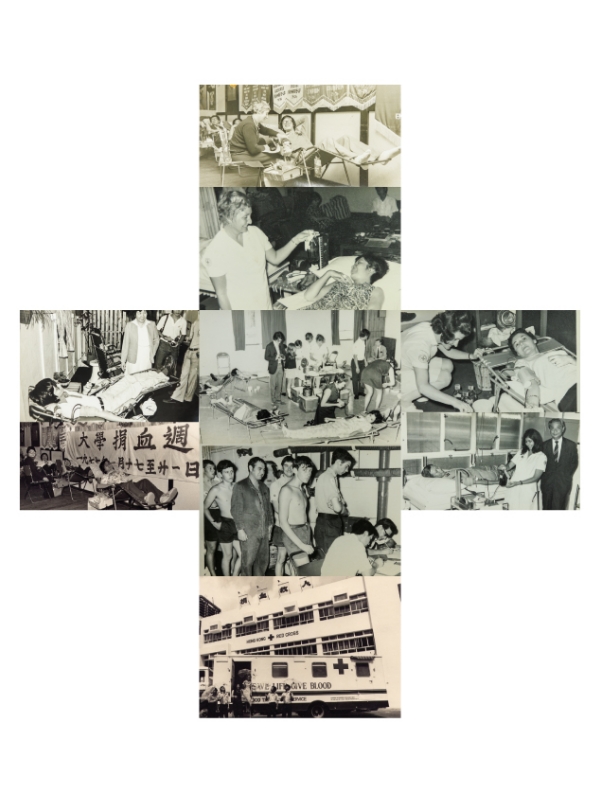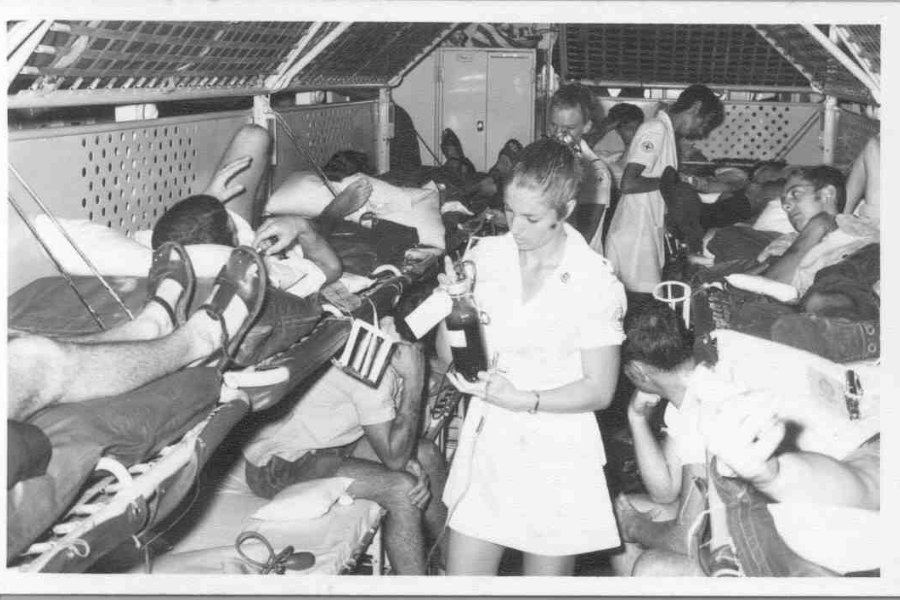
The history of blood donation in Hong Kong
Doctors first experimented with blood donation in the 18th century. In Hong Kong, the earliest record of a blood donor appeal was during World War II when a newspaper published an appeal for blood from the headquarters of the Royal Hong Kong Regiment, known as the Volunteers.
Blood transfusion services continued after the war, although healthcare providers would first seek donations from the patient's relatives, while those without relatives or in emergency situations were supported by blood banks. It was reported that when there was an urgent need for blood, Hong Kong was able to request supplies from London, ensuring the city a stable supply of blood.
Blood transfusion services continued after the war, although healthcare providers would first seek donations from the patient's relatives, while those without relatives or in emergency situations were supported by blood banks. It was reported that when there was an urgent need for blood, Hong Kong was able to request supplies from London, ensuring the city a stable supply of blood.

Blood banks go into operation
In the 1940s and 1950s, the British Red Cross sent experts to Hong Kong to create the city’s Blood Transfusion Service (BTS), which began taking donations at night from the third floor of the General Post Office building in Central. On the day of its opening in 1952, four naval officers registered as the first batch of blood donor.
A month after its launch, the Government set up blood banks in the two hospitals responsible for treating accident victims – Queen Mary Hospital and Kowloon Hospital – to increase emergency stocks. The BTS team even boarded a visiting warship to collect blood, and set up service centres in Hong Kong and Kowloon to encourage members of the public to donate. Application forms were made available at department stores, and buses were laid on to take donors to hospitals.
In those early days, blood was stored in glass bottles, frozen for a maximum of 28 to 35 days, and then used directly on patients after a simple laboratory test. Later, plastic blood bags were introduced to Hong Kong, increasing the storage time to 42 days and allowing for further processing and separation of components in the laboratory.
The evolution of technology and rising demand prompted the Red Cross to set up a dedicated building in King's Park in 1984 where a central mechanism was established to improve the blood banks’ function and meet the needs of hospitals and patients.
A month after its launch, the Government set up blood banks in the two hospitals responsible for treating accident victims – Queen Mary Hospital and Kowloon Hospital – to increase emergency stocks. The BTS team even boarded a visiting warship to collect blood, and set up service centres in Hong Kong and Kowloon to encourage members of the public to donate. Application forms were made available at department stores, and buses were laid on to take donors to hospitals.
In those early days, blood was stored in glass bottles, frozen for a maximum of 28 to 35 days, and then used directly on patients after a simple laboratory test. Later, plastic blood bags were introduced to Hong Kong, increasing the storage time to 42 days and allowing for further processing and separation of components in the laboratory.
The evolution of technology and rising demand prompted the Red Cross to set up a dedicated building in King's Park in 1984 where a central mechanism was established to improve the blood banks’ function and meet the needs of hospitals and patients.
